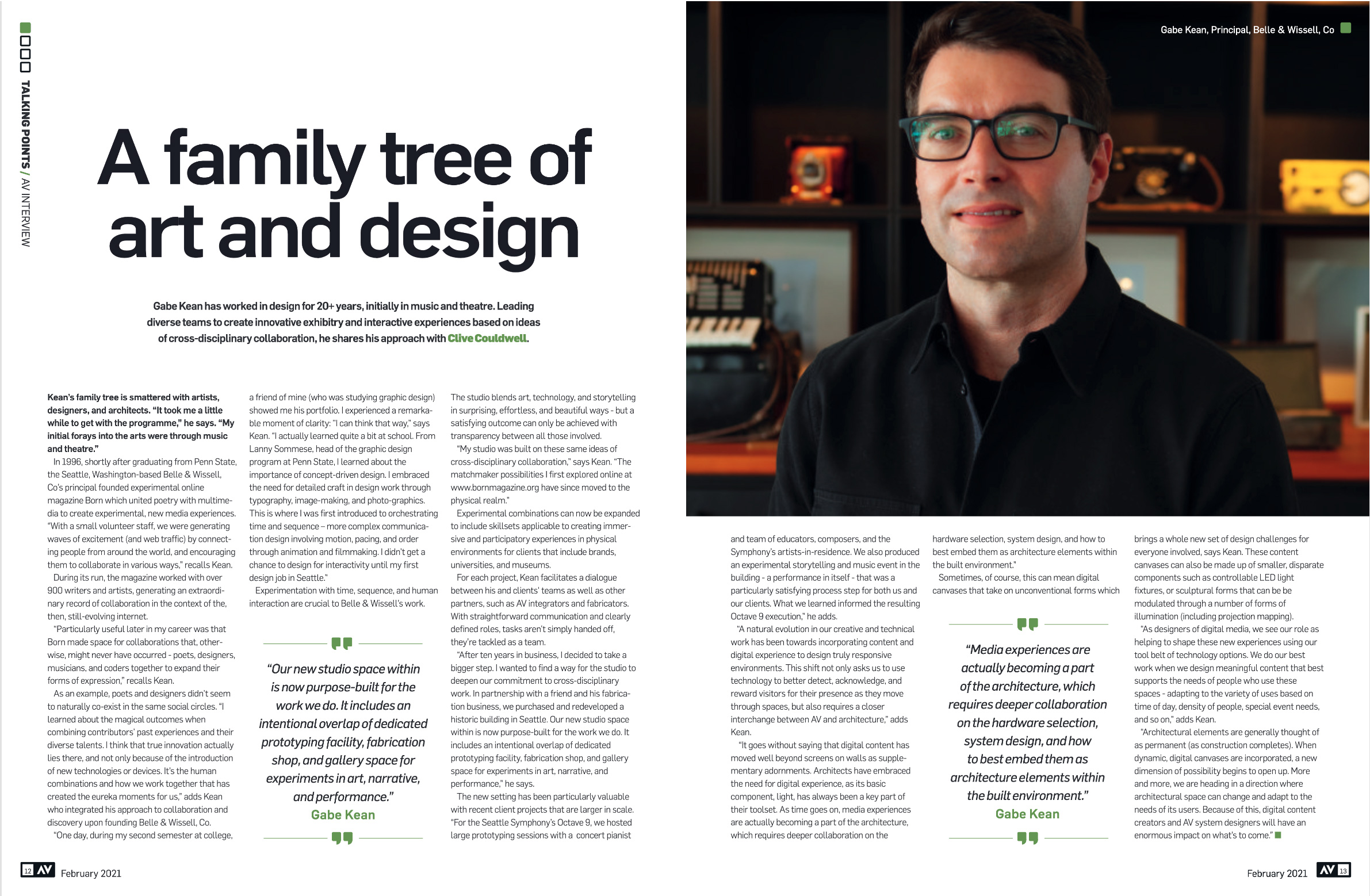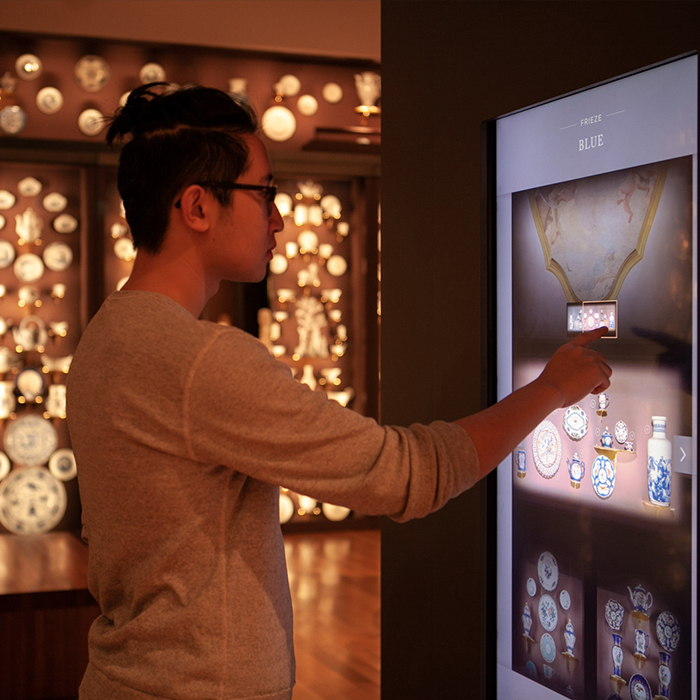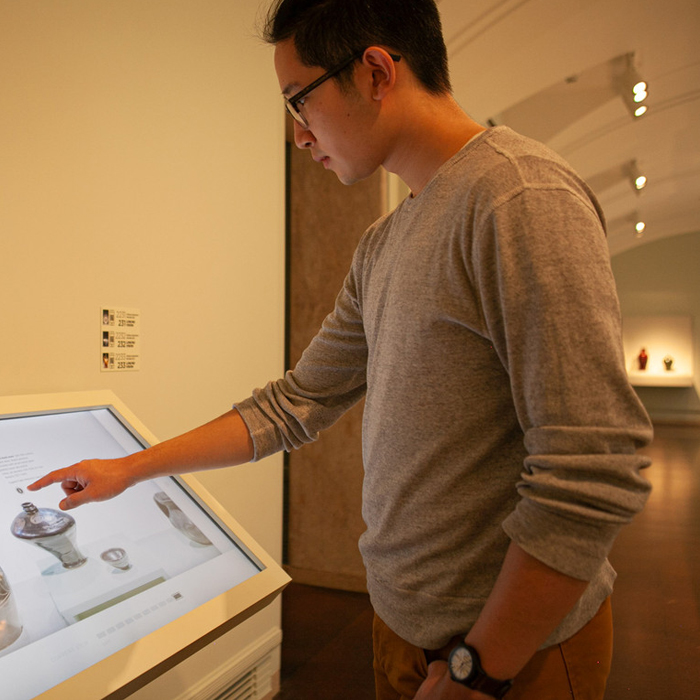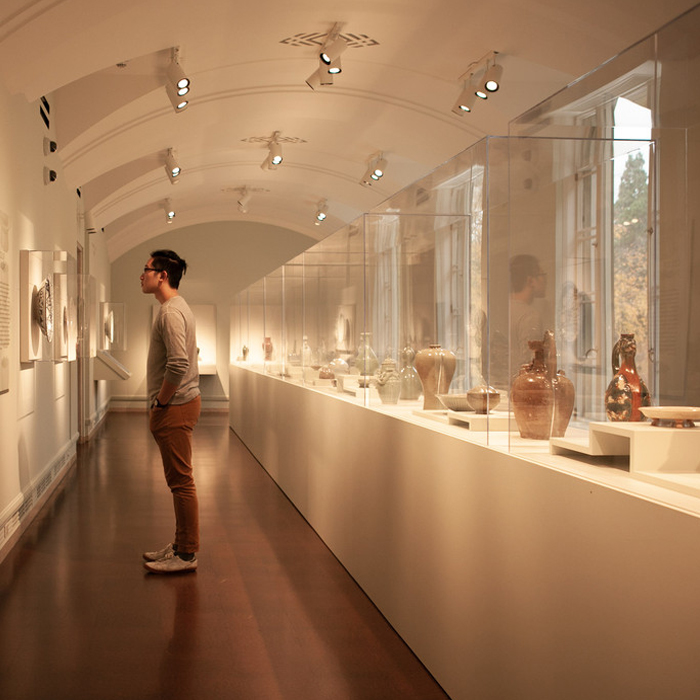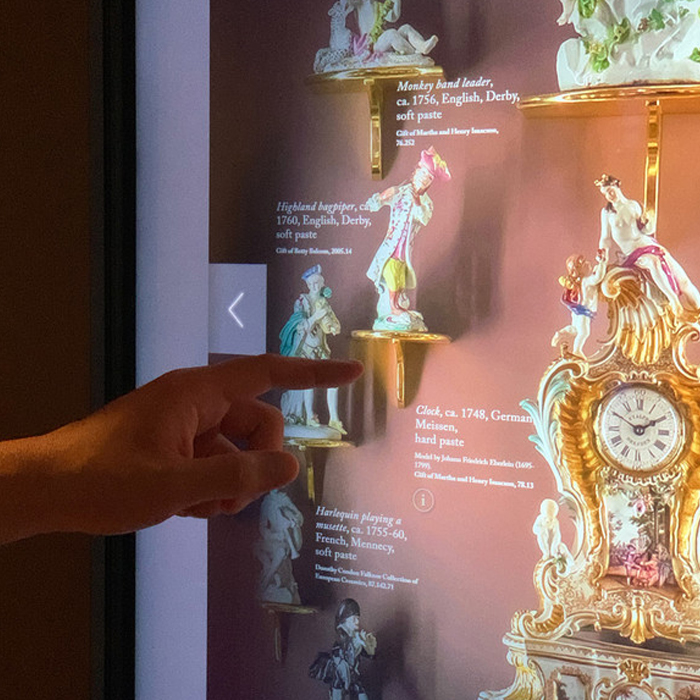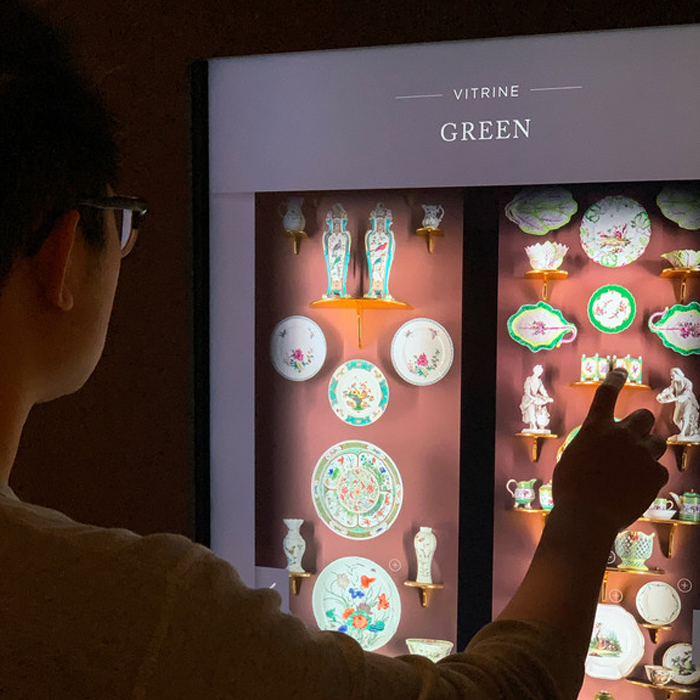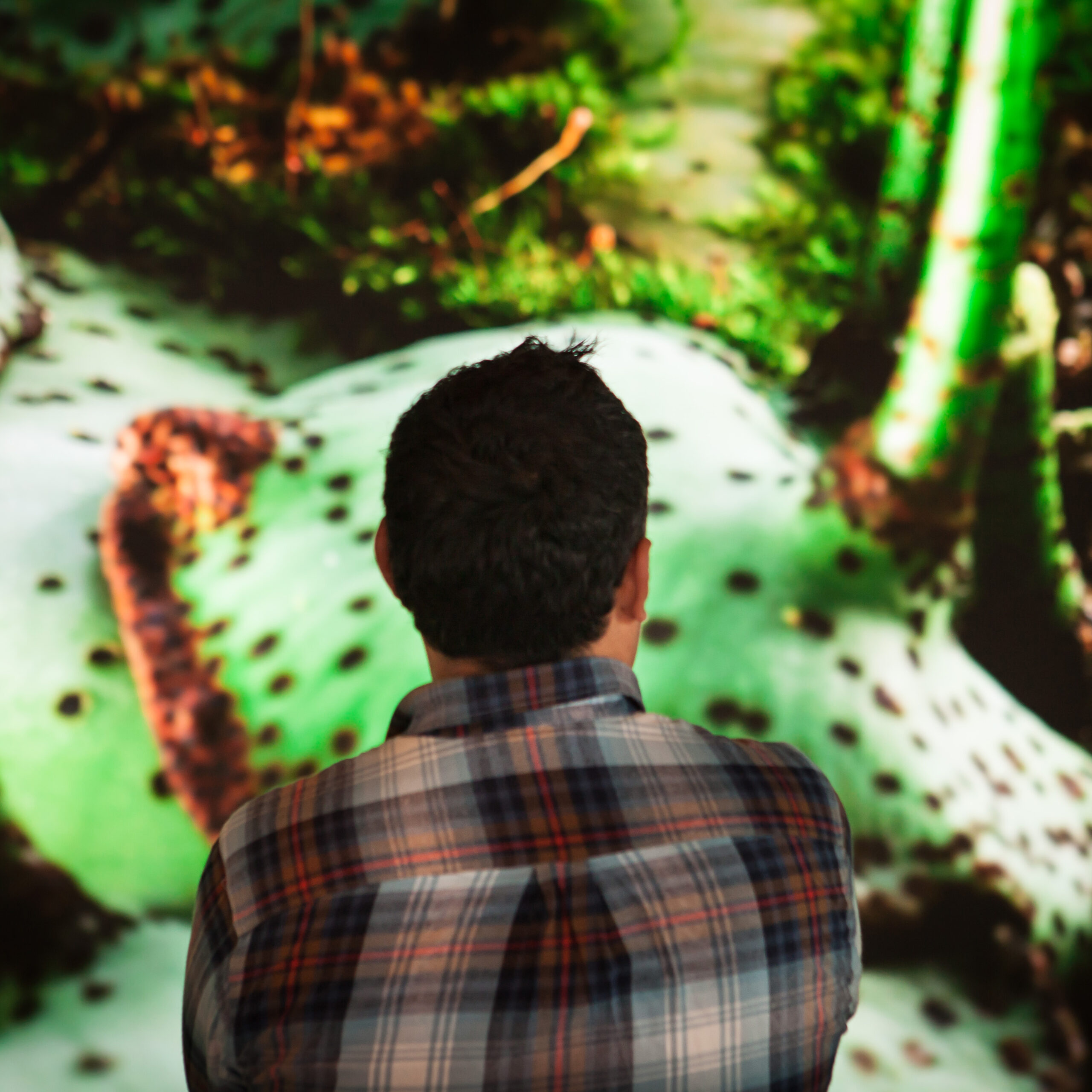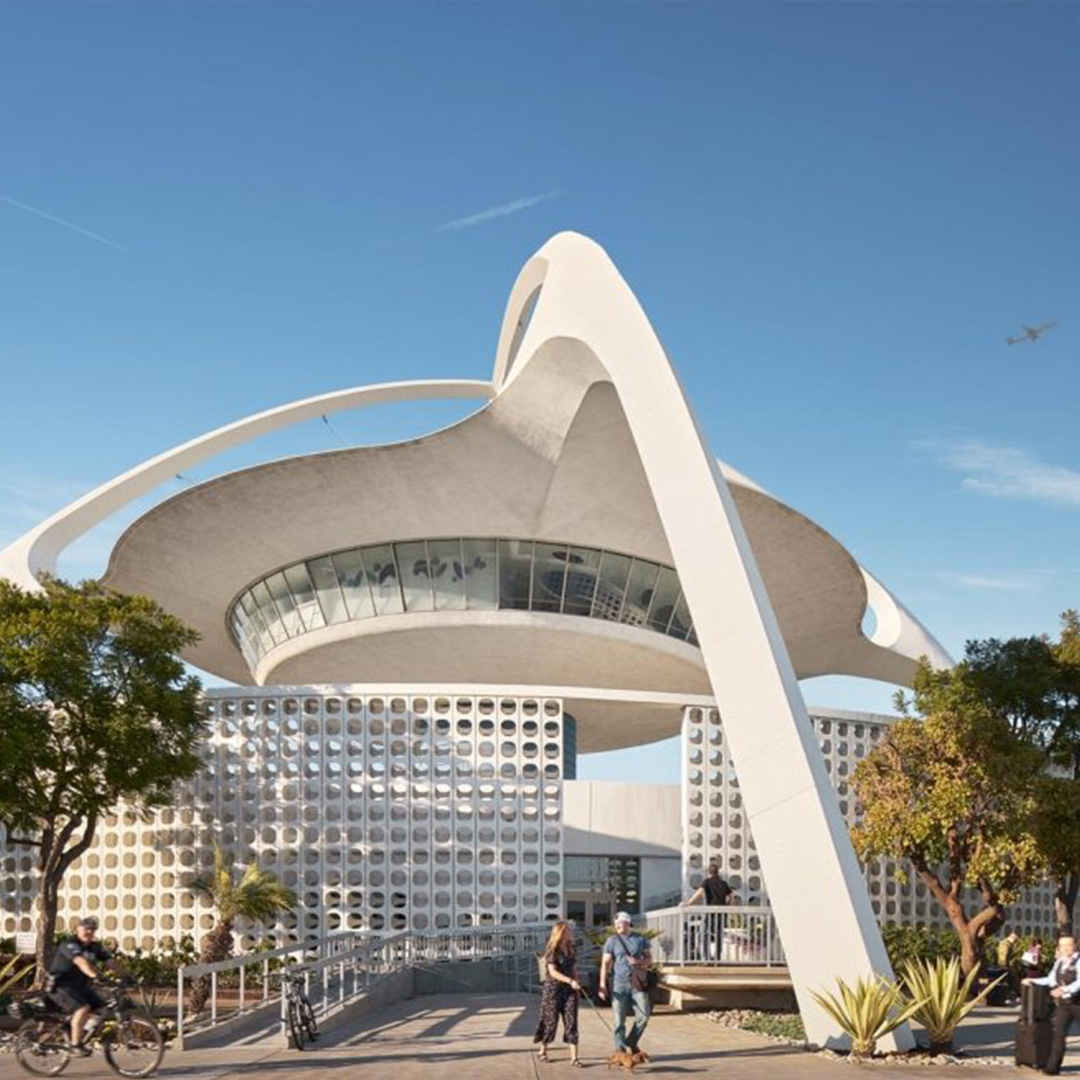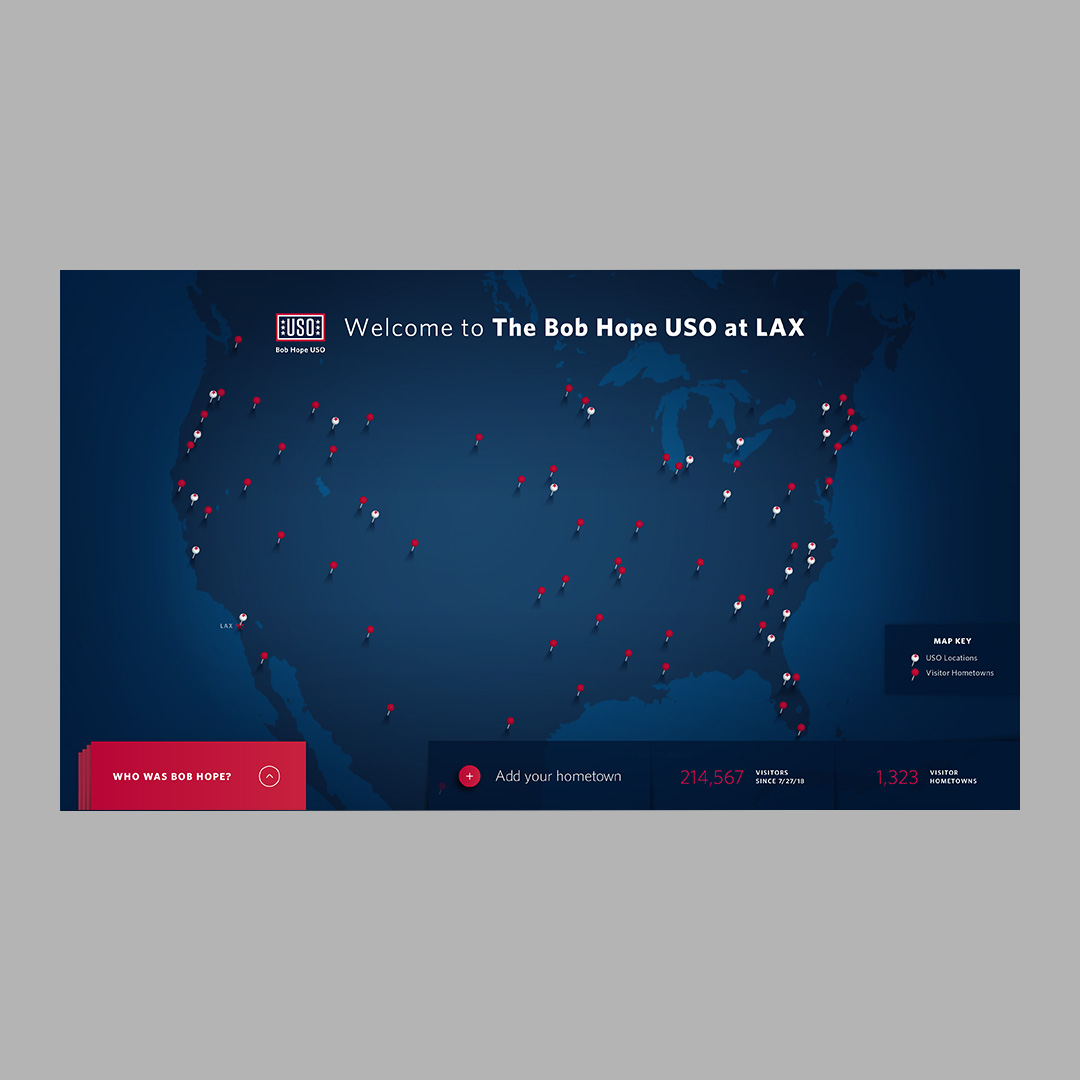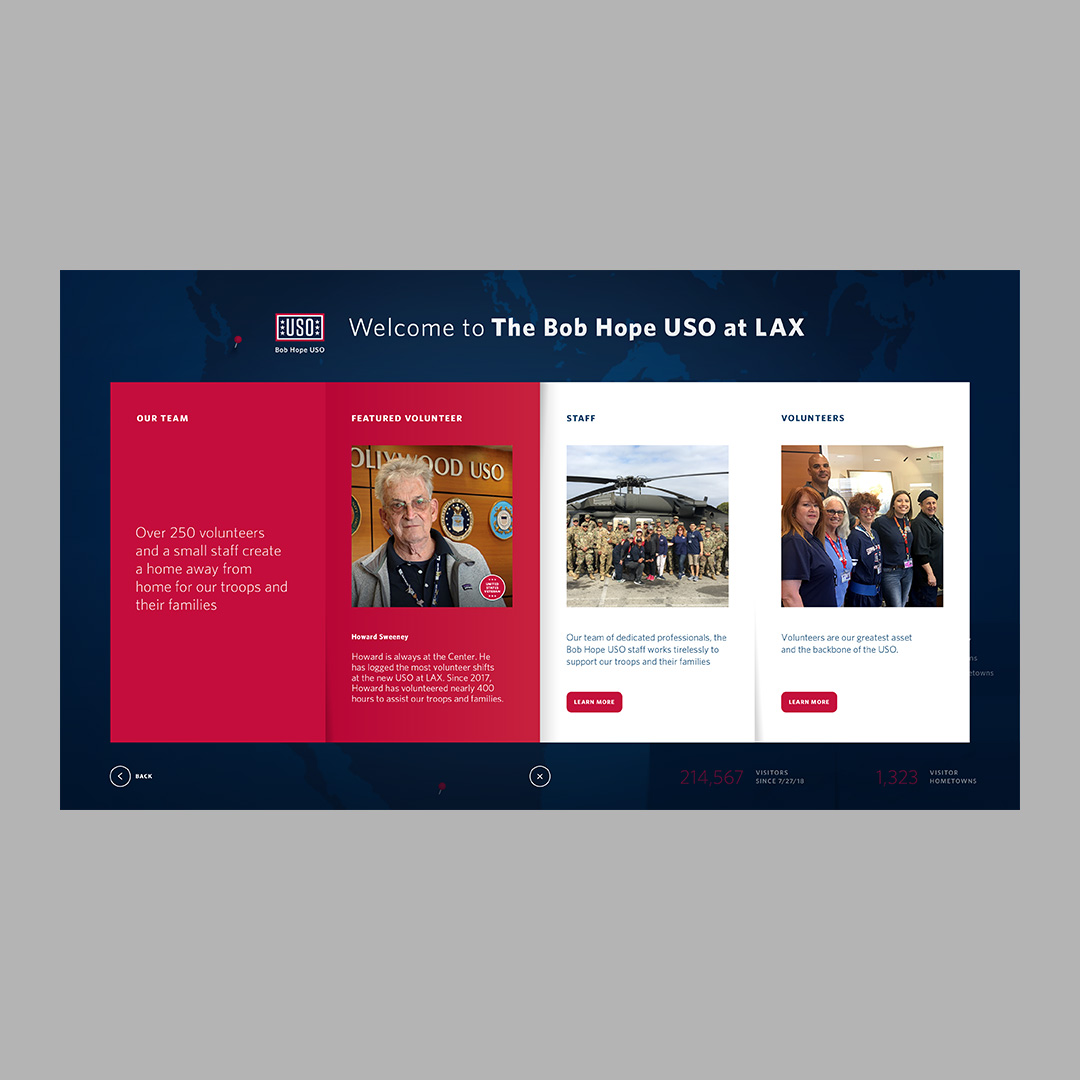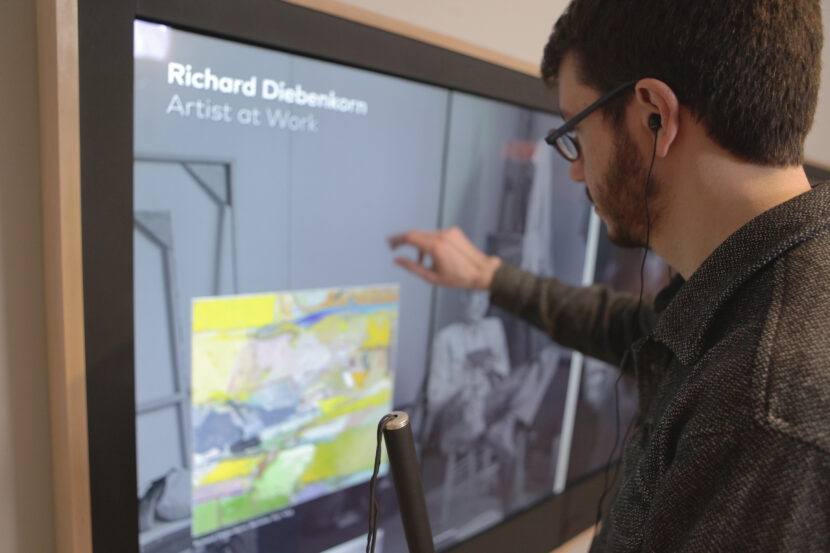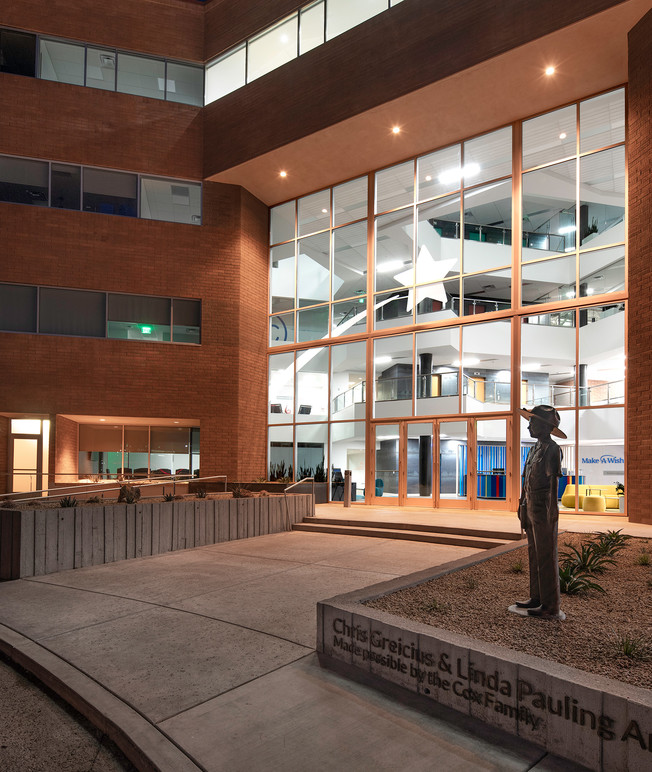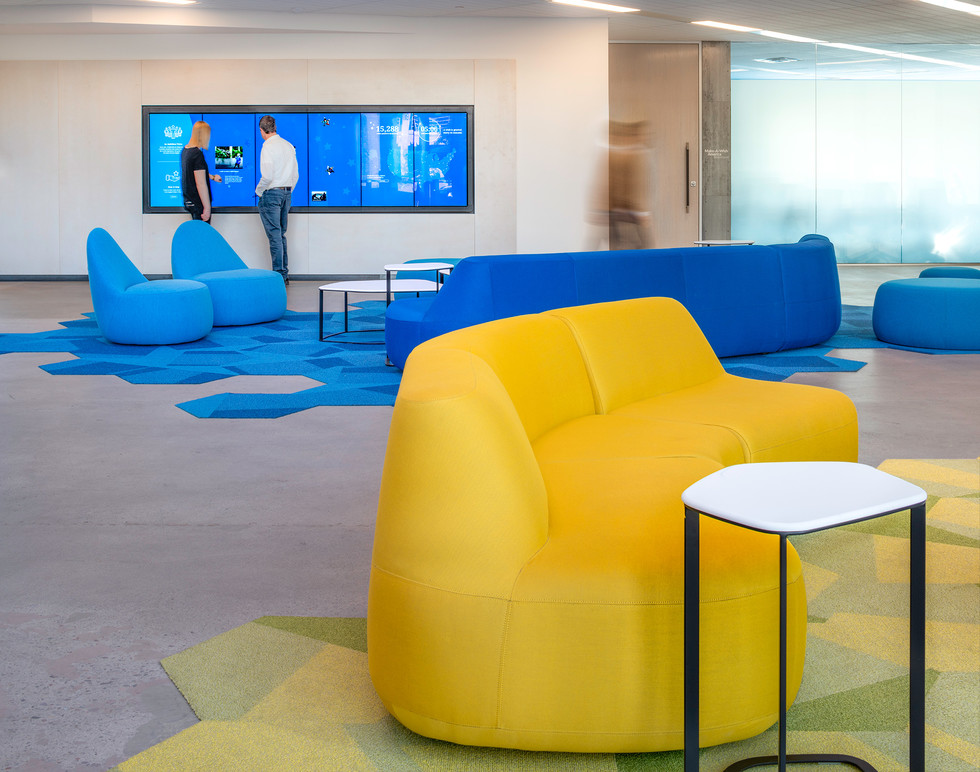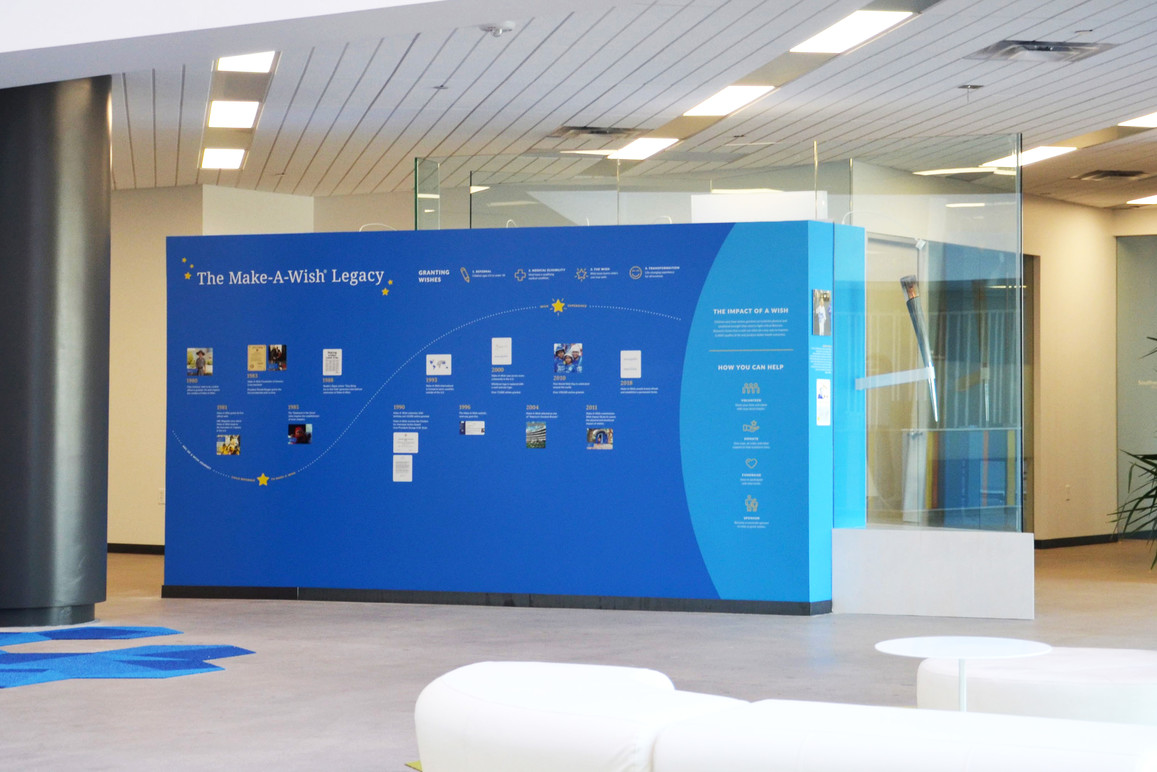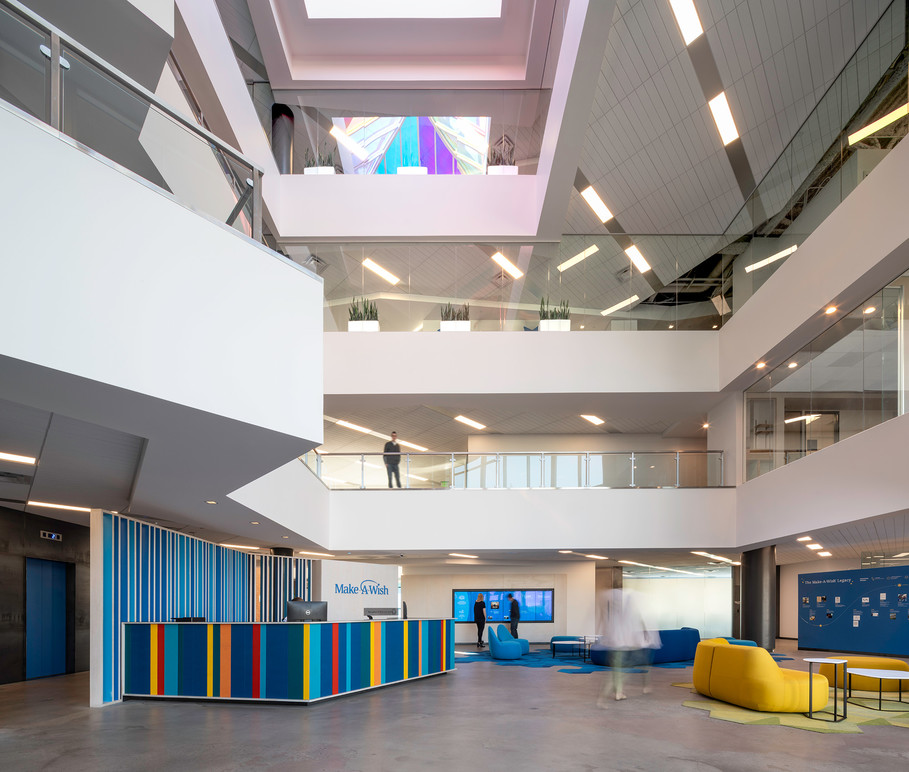Founder and Principal Gabe Kean is featured in the latest issue of AV Magazine. The article places an emphasis on cross-disciplinary teams, and how media experiences can truly merge with architecture. The feature also includes some backstory on Kean and what he feels is a practical approach to generate innovation—and it isn’t the release of new tech gear.
Available now in both print and digital versions.
We prioritized flexibility for our friends at the Seattle Art and Asian Art Museums—creating a digital guide that serves two distinct environments and collections. A touchless mode allows for use even during the pandemic. Get a closer look here.
Despite all its challenges, the covid-19 pandemic has shown us the connective powers of virtual technology. Microsoft’s Strategic Prototyping Group asked Belle & Wissell to help them explore what the future of a family’s story-time might be like, and how we can keep in touch with family members from afar. Take a peek into the future.
Interactive Storyworld at Microsoft’s Envisioning Center
Connecting with nature is more important than ever to our mental health. Research has shown that “forest bathing,” the Japanese practice of shinrin-yoku, can lessen anxiety and improve wellbeing.
We designed an immersive media experience at Understory that provides an up-close look at Amazon’s world-class botanical collection.
Special thanks to project partners Studio Matthews, JREMco, Graham Baba Architects, NBBJ, AVI-SPL, YCD Multimedia, and Planar Systems, Inc.
Located at over 250 locations worldwide, USO is the nation’s leading charitable organization serving active-duty service members and military families.
The team at Belle & Wissell created an interactive experience for the newly renovated Bob Hope USO at LAX. It warmly welcomes troops and their families, and asks them to add their hometowns to a digital map.
Learn more about this project.
Architectural design by Gensler.
Belle & Wissell was asked to design and deploy a computer-driven, dynamic digital signage system to support experimental venue Octave 9. The Octave 9 Multiplex is the key ingredient in activating the streetscape outside Benaroya Hall.
Using a custom-built CMS to populate content templates, the Symphony can promote performances with a cohesive typography system and playful, animating color schemes. Learn more about Octave 9 and its digital signage system.
How do you make an art museum accessible to the visually impaired? Working closely with the San Francisco Museum of Modern Art and accessibility consultant Sina Bahram, the team at Belle & Wissell developed a system that allows everyone to explore artwork through an interactive, audio-rich experience—the first of its kind in an American museum.
Learn more about Eyes-Free Mode at SFMOMA.
Make-A-Wish America enlisted Belle & Wissell and architect WorksBureau to design a visitor experience at their national headquarters in Phoenix, Arizona. The collective team developed engaging ways to tell their brand story through the Legacy Timeline, and to highlight and visualize the enormous magnitude of wishes they’ve granted through the years on a Digital Wish Wall.
Learn more about this project.
Octave 9, the Seattle Symphony’s experimental music venue, gives fresh meaning to the term “multisensory.” With an intimate performance space, cutting edge audio technology, and a library of generative visual themes, Octave 9 engages with audiences on a whole new level. Learn more about what it took to realize Octave 9:
Belle & Wissell worked closely with the Seattle Symphony to craft the Immersive Canvas: a visual accompaniment to live performances. Built to respond to live instrumentation with over 30 visual effects, the Immersive Canvas transforms Octave 9 into an expressive palette of pattern and color.
Octave 9 is a space for experimentation, fusing traditional music performance with new technologies. To further explore the interdisciplinary possibilities, the generative visual effects engine may be customized by visiting artists and Octave 9 staff. Visual themes can be choreographed and switched with the tap of a foot pedal, or timed according to a piece of music.
Belle & Wissell collaborated with a suite of highly-capable project partners to bring Octave 9 to life. LMN Architects evolved the challenging space into one well-suited for experimental performances, while Meyer Sound technologies and Jaffe Holden acoustic engineers provided the equipment and expertise to deliver immersive, incredible sound quality.
Additional project details, photos, and video documentation are available here.
Belle & Wissell’s new interactive media experience—the Tribute Wall, located at UW’s Paul G. Allen School of Computer Science & Engineering—invites the next generation of innovators to the new Bill & Melinda Gates Center. The video wall’s distinct ambient and story modes welcome visitors of all ages and interests.
The Tribute Wall’s abstract visualizations provide a tranquil, yet active, backdrop for the Center’s bustling foyer. When a visitor approaches, story cards (prompted by embedded motion sensors) automatically appear, offering engaging narratives with the tap of a finger.

Bill Gates views Tribute Wall content during the new Center’s Dedication Event in February 2019. Credit: Matt Hagen/Paul G. Allen School of Computer Science & Engineering
Visitors can explore a vast selection of stories pertaining to Computer Science & Engineering (CSE), sorted into five themes: CSE at the University of Washington, Diversity in the field, Innovation in the Pacific Northwest, and the accomplishments of Bill & Melinda Gates and Paul G. Allen.
These final two topics trace a familiar Pacific Northwest history. Though it was founded in Albuquerque, Microsoft was born and built in Seattle. Bill and Paul first met at the Lakeside School Programmers Club, where the boys—then age 14 and 16—bonded over a love of computing. With help from the Lakeside Mothers’ Club, the students purchased a Teletype Model 33 and access to a GE timesharing computer. These early experiences laid the foundation for Bill and Paul’s decades-long collaboration.

Bill Gates addresses attendees, retelling his and Paul Allen’s early exploits at the UW Computer Science & Engineering Department. Credit: Mark Stone/University of Washington
Listen to an excerpt from Bill Gates’ remarks here.
The Bill & Melinda Gates Center was made possible by a group of local philanthropists and early Microsoft employees, affectionately dubbed the “Friends of Bill & Melinda.” Their investment will help the Allen School continue its work furthering diversity in the field. Already the Allen School is a leader among universities, with twice the national average of women graduates in CSE. Outreach to K–12 students, programs for disabled, Eyes-Free, and hard-of-hearing or Deaf communities, and women’s mentorship groups are some of the ways the Allen School is building a more representative field.
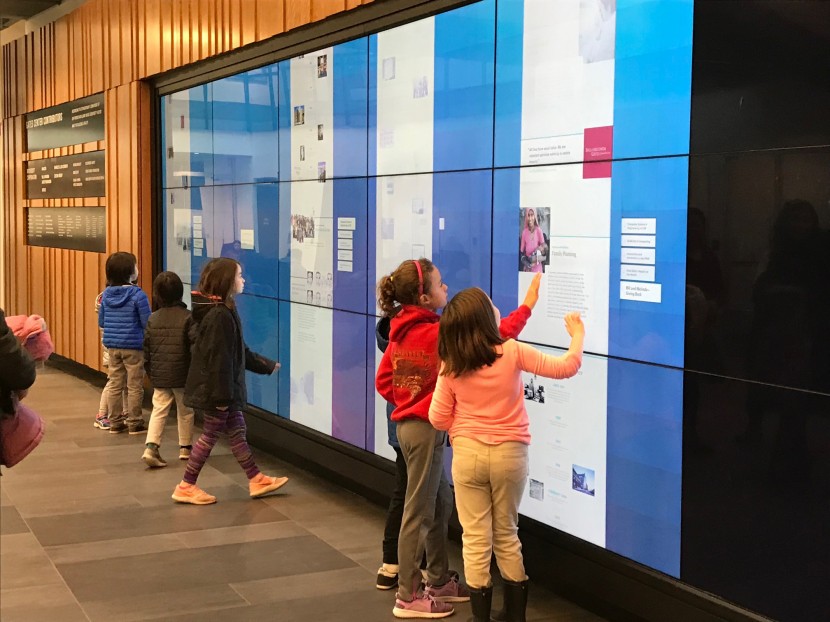
Some smaller visitors—perhaps future Allen School students—explore the Tribute Wall. Credit: Hank Levy/Paul G. Allen School of Computer Science & Engineering
Belle & Wissell built a CMS to allow for easy updating and additions to Tribute Wall content. Stories refresh every quarter, including news from the Allen School on the undergraduate community, award winners, and new research from graduate students and faculty.

